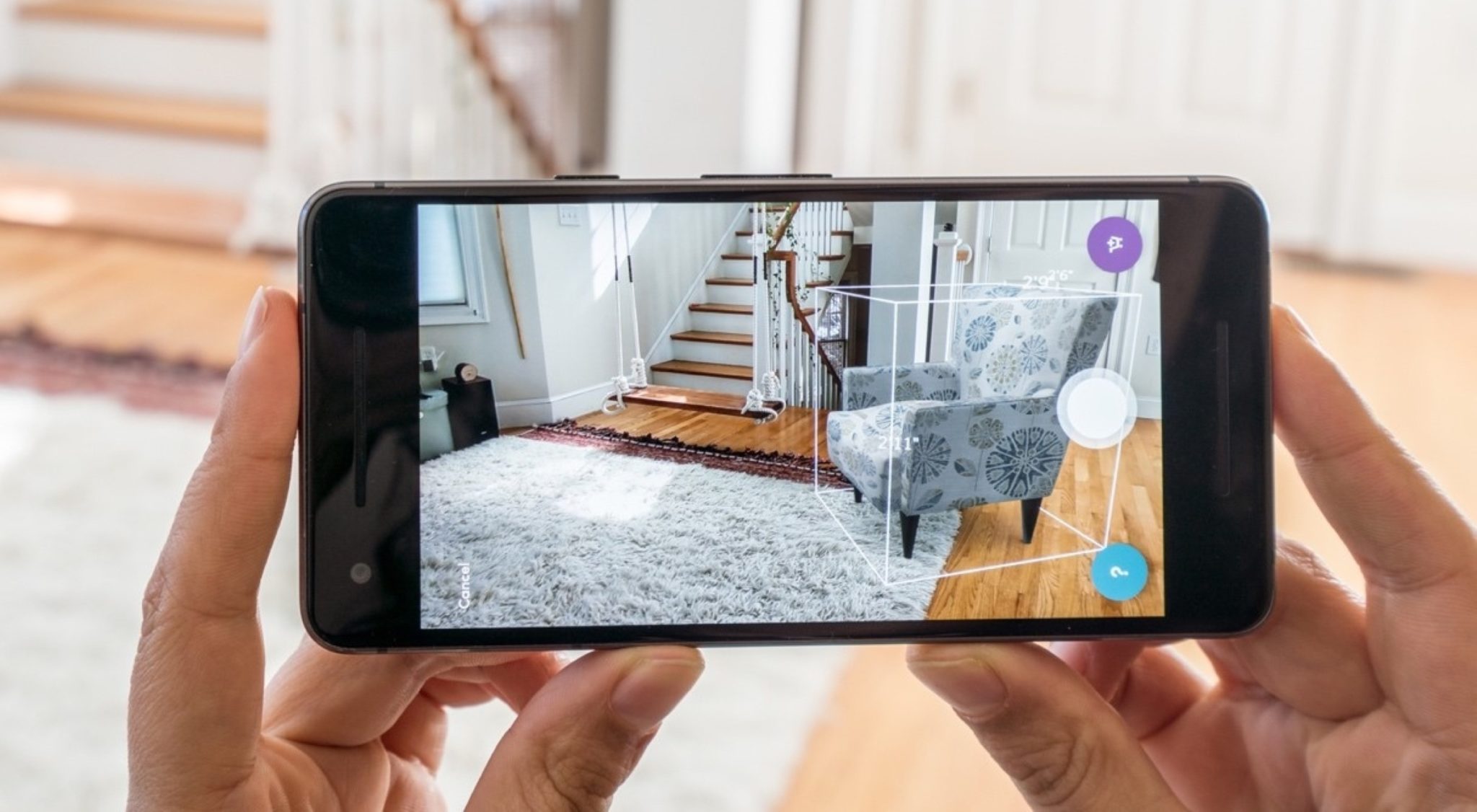How to bring products to life with one little change
AR technology overlays digital content onto the physical world. It can be used to visualize products in real time without them being physically present, or to superimpose digital information on an existing physical product.
“With large items like furniture, it’s difficult to visualize how much space it will take up in your room; AR solves that,” says Muñoz. “Also, judging how the product will look with the rest of its surroundings; customers no longer need to go through a raft of images to see all the product variants, and then try to imagine how it will co-ordinate with their existing pieces. And there’s a benefit to the SMB too, in that product managers no longer have to spend time Photoshopping and uploading items to be able to display all those variants.”
Enhance's no-code 3D and AR viewer | Furniture: Coco wolf
As well as taking the guesswork out of online shopping, 3D and AR can address a number of other pain points encountered by SMBs, helping to lower return rates, simplify inventory management, reduce marketing costs and much more. In fact, the technology has a profound impact across a variety of functions, particularly sales, marketing, and product development.
And advances in the technology mean 3D and AR is now within reach of budgets of all sizes, enabling businesses to enhance their products and better engage buyers by creating a great customer experience using immersive commerce.
Key considerations for integrating 3D and AR
“A key question that company bosses ask me when discussing 3D and AR technology in commerce is how to get started,” says Muñoz. “They wonder what exactly it will involve, and what the process is to integrate immersive experiences in their online properties.”
His advice is straightforward: to leverage the potential of 3D and AR technologies, businesses should first understand their impact, gather the necessary internal buy-in from key decision makers to implement the solution, understand operational implications and opportunities across product design, marketing and sales, select the right technology partner, and effectively communicate the new service to customers for maximum value extraction.
“Doing it quickly and within their budget are the next concerns.”
It’s here where the gap between perception and reality is most stark when it comes to creating a great customer experience. “User-friendly, no-code platforms, such as the one offered by Enhance, allow for the creation of a 3D and AR product experience in under thirty seconds,” explains Muñoz. By partnering with a 3D and AR specialist, businesses can access the necessary knowledge and guidance to navigate the complexities and ensure successful implementation.
“The integration is as easy as dropping a piece of code in the customers’ channels. This can be done by their usual web developer. There is no need to change web layout, develop expensive custom applications or make a costly upfront investment.”
The advantages of web-based platforms for creating a great customer experience
AR can be integrated into an app, deployed through the web via a browser, or even as a standalone experience, depending on the requirements of the SMB and how they want to reach their customer base. Of these options, web-based, no-code AR platforms often provide the most cost-effective, accessible, and user-friendly solution for businesses, given that they can be rolled out without the need for high development costs, extensive coding knowledge, or implications for website security.

“Web-based AR experiences ensure immediacy, convenience and allow for large-scale distribution,” explains Muñoz. “Since the experience can be consumed as a website, companies don’t have to invest in building complex and costly apps, and there is no need for their customers to download additional apps, which contributes to creating a great customer experience by removing an additional layer of friction. Even devices that are a few years old have built-in AR capabilities, meaning customers can access the new service instantly.”
Timeframes to execute and implement 3D and AR
Most manufacturers already have 3D files of their products, and converting these to the .GLB format used for AR visualizations is a straightforward process, following a set of clearly defined steps. Where this is the case, companies can start publishing their products in 3D and AR within days.
For companies in possession of product blueprints but without 3D models, a third-party supplier can assist with this step. While the timeframes vary, depending on how quickly the business can gather the necessary files and provide direction, a period of two weeks should be sufficient to produce and integrate a critical mass of product models, and officially launch the service to customers.
And the costs? “An investment of a couple of thousand euros is enough to bring 3D and AR to any business website,” says Munoz. “That will allow a company to get started with immersive selling, creating a great customer experience that enables them to gain buyer insights, test the market, and see some of the benefits the technology offers. From there, the operational and customer learnings obtained can inform the next steps needed to delve deeper into immersive commerce.”






